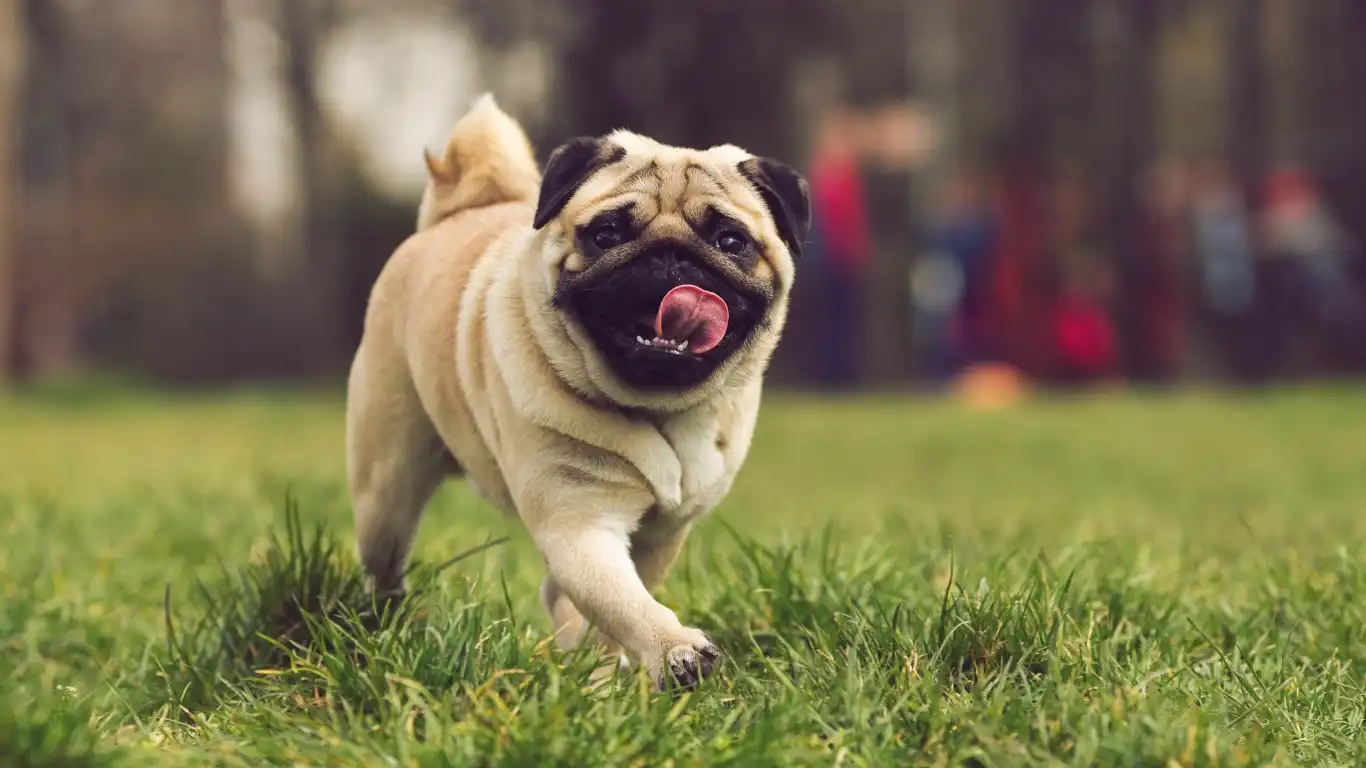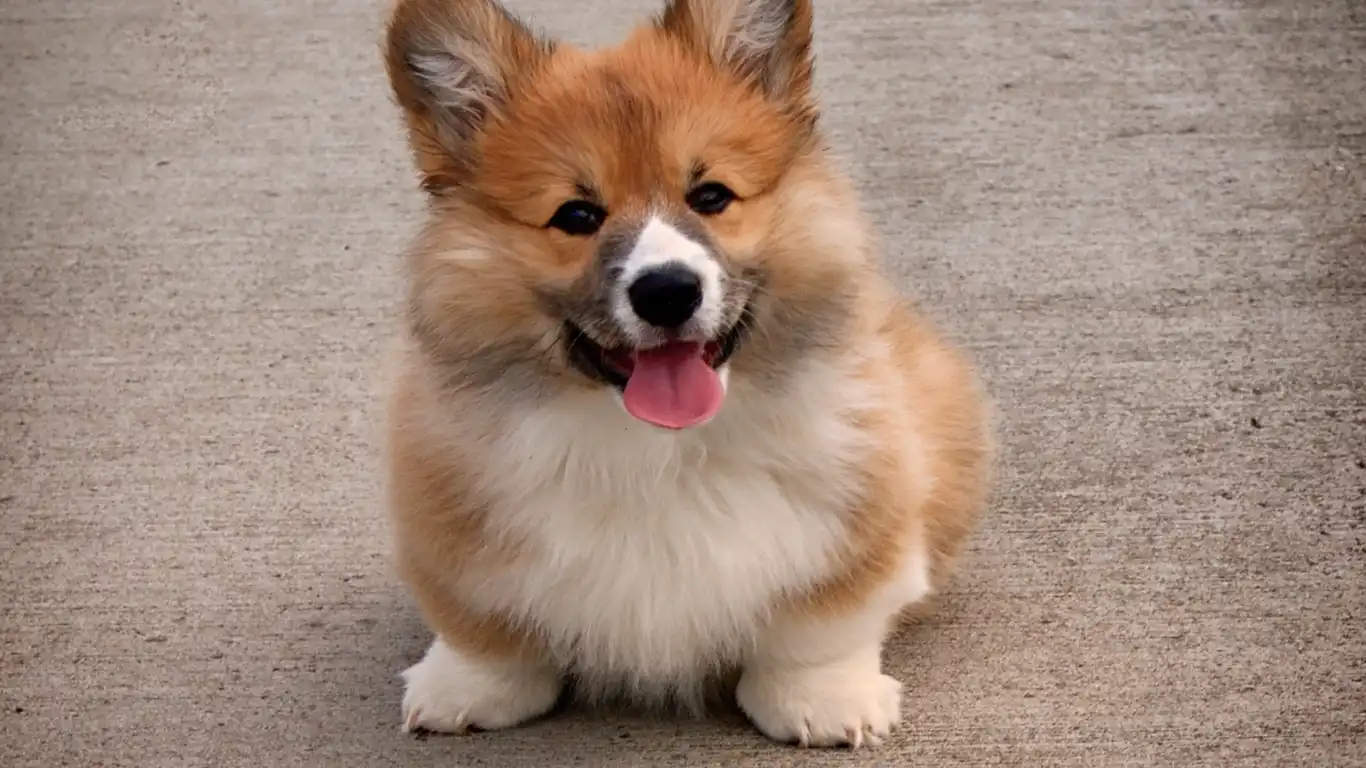Easy Way to Check Your Dog’s Body Condition at Home Today
As a Veterinary Technician specializing in pet nutrition, one of the most common questions I get from pet parents is this: “How do I know if my dog is at a healthy weight?” And I totally get it—dogs come in all shapes and sizes, and those big puppy eyes make it hard to say no to a few extra treats. But here’s the thing—learning how to check your dog’s body condition at home is a total game-changer for your pup’s long-term health. It’s not just about weight—it’s about their overall body condition, which tells us a lot about muscle tone, fat coverage, and even potential underlying health concerns. Let’s dive into it together.
What is a Body Condition Score (BCS) and Why It Matters?

So first off, let’s talk about this thing called the Body Condition Score (BCS). If you’ve never heard of it before, don’t worry—you’re not alone. The BCS is basically like a report card for your dog’s physical condition. Veterinarians use a scale, usually from 1 to 9, where 1 is severely underweight and 9 is obese. A score of 4 or 5 is considered ideal.
Back when I was working at a specialty vet hospital, we used the BCS every single day. And trust me—it’s not just for show. Knowing your dog’s score helps tailor their nutrition plan, monitor their progress, and even detect early signs of health issues.
How to Check Your Dog’s Body Condition at Home

1. Rib Check: The “Knuckle Test”
This is one of my favorite quick tips. Gently run your fingers over your dog’s ribcage. What do you feel?
- If it feels like your knuckles when you make a fist—your dog might be too thin.
- If it feels like the back of your hand—chances are they’re just right.
- If it feels like your palm with fingers stretched—it could mean your pup is carrying some extra padding.
It’s not an exact science, but it gives you a really good starting point.
2. The Waistline Test
Take a good look at your dog from above. There should be a visible “waist” between the ribcage and hips. Now look from the side—your dog should have a slight tummy tuck where the abdomen is higher than the chest.
If your pup looks more like a sausage or barrel from above… yeah, it might be time to reassess the treat stash.
3. Check the Fat Pads
Another super helpful check is to feel for fat pads. Common areas where fat accumulates are:
- Over the ribs
- Base of the tail
- Along the spine
- Behind the front legs (armpit area)
In clinic, I’d gently pinch these spots to assess fat coverage. You can do the same at home—just be gentle and always reward your pup with praise (not cookies ) for cooperating.
What’s “Normal” Varies by Breed

One thing I always stress with my clients is that not all dogs should look the same. A Greyhound’s ideal weight looks nothing like a French Bulldog’s. I had a client once who thought her Whippet was sick because she could feel every rib. But guess what? That lean frame was perfectly healthy for that breed.
This is where experience really helps. Breeds like Labradors and Golden Retrievers tend to put on weight easily, while breeds like Boxers or Pointers are naturally lean. Use the tools we talked about, but also consider your dog’s breed-specific standards.
When to Reassess Your Dog’s Body Condition

So you’ve done the rib check, waistline test, and taken breed into account—awesome. But here’s a little secret I always share with clients at my clinic: body condition isn’t a “set it and forget it” deal. Dogs go through life changes just like we do—aging, medical treatments, diet shifts, exercise changes—and all of that can impact their body condition.
For example, I once had a Labrador patient named Milo. He was fit as a fiddle at five, but by age eight, his joints started bothering him, so his walks got shorter. Within a few months, his BCS crept up to a 7. And his parents had no clue because they were feeding him the same as always. That’s why it’s important to reassess regularly, especially during:
- Seasonal changes (less exercise in winter months)
- Post-surgery or injury recovery
- After a new diet or change in food brand
- Major life events like moving or adding a new pet
Every couple of months, take a few minutes to check your dog’s body condition. It really helps you stay ahead of the game.
Tools That Can Help You Monitor at Home

Okay, let’s be real—not everyone has access to a fancy pet scale or body composition scanner at home. But you actually don’t need a ton of tools to stay on top of your dog’s health. Here’s what I personally recommend (and use):
- Measuring Tape: Keep track of chest and waist circumference every few weeks.
- Notebook or App: Log changes in food portions, weight estimates, activity level, or body condition notes.
- Photos: Yep—just snap pics of your pup from the top and side every month. It’s easy to spot changes over time visually.
I had one client who started taking monthly “weigh-in selfies” with her Pomeranian. Not only was it adorable, but it also helped her vet catch a slow weight gain before it turned into a bigger issue.
Common Mistakes Pet Parents Make (And How to Avoid Them)

Now here’s where things get a little tricky. Most of us want to spoil our pups—we love them like family, right? But sometimes our love shows up in the form of too many snacks and not enough structure. And trust me, I’ve seen this play out more times than I can count.
1. “He’s just fluffy”
This one makes me smile every time. While some breeds really do have thicker coats (like Huskies or Pekingese), it’s important not to confuse fluff with fat. You should still be able to feel your dog’s ribs under all that fur. If you can’t? It’s time to dig a little deeper.
2. “She eats healthy food, so she can’t be overweight”
Quality nutrition is crucial, no doubt. But even healthy food in excess can lead to weight gain. Portion control is just as important as food quality. I recommend using a kitchen scale to measure kibble—it’s way more accurate than a scoop.
3. “He’s getting older, so weight gain is normal”
Yes, metabolism slows down with age, but that doesn’t mean weight gain is inevitable. In fact, extra pounds can worsen arthritis, diabetes, and even heart issues in senior dogs. Adjusting food intake and keeping up with low-impact exercise like swimming or gentle walks makes a big difference.
Partnering With Your Vet for Long-Term Success

Doing body condition checks at home is empowering, but don’t go it alone. Partnering with your vet is one of the smartest moves you can make. During annual exams (or more frequent ones for older pets), ask your vet for a BCS assessment. It’s part of most checkups, but it never hurts to bring it up if they don’t mention it.
In my experience, the best outcomes always happen when pet parents are actively involved. I’ve had clients bring in food diaries, exercise logs, and monthly photos—and we used those to tweak diet plans and catch issues early. That kind of teamwork is what truly helps dogs live their healthiest lives.
And remember, if you ever feel unsure about what you’re seeing at home—reach out. Your vet (or even your local vet tech!) is there to guide you. It’s what we do, and we’re always happy to help.
Creating a Long-Term Plan to Maintain Healthy Body Condition

Alright—by now, you’ve got a solid understanding of how to check your dog’s body condition at home, and hopefully you’re feeling a lot more confident about doing it regularly. But let’s talk about the bigger picture: how do you maintain your dog’s ideal body condition score over time?
This is where I like to switch from detective mode to coach mode. In the clinic, when I helped pet parents make changes, it always worked better when we had a consistent, realistic routine—one that actually fit their lifestyle. So here’s how I suggest building your long-term plan:
1. Feed with intention, not by habit
One of the first things I teach new clients is to stop free-feeding. That bowl that’s always full? It makes it nearly impossible to track intake. Instead, feed measured amounts—based on your dog’s ideal weight, not their current weight. And yes, that often means less than what the bag recommends (those guidelines are very general).
Bonus tip: switch up the bowl. Slow-feeder bowls or puzzle feeders turn mealtime into a fun challenge and help reduce gulping and overeating. I’ve seen some pups go from food-obsessed to totally chill with just that one change!
2. Keep an eye on treats and extras
Treats are love—we all know it. But they add up fast. I always ask clients to write down everything their dog eats in a day, and they’re shocked how many little extras sneak in. Think cheese bits, peanut butter Kong fillers, table scraps… they all count.
A good rule of thumb? Treats should make up no more than 10% of your dog’s daily calories. If you use a lot of training treats, consider using part of their kibble instead—or go for low-cal options like carrot coins or green beans (my personal go-to).
3. Make exercise realistic and consistent
It doesn’t have to be marathon running or agility courses. Regular, low-impact movement—like two decent walks a day, or backyard fetch sessions—is enough for most dogs. I always remind pet parents: Consistency beats intensity.
One of my senior patients, a sweet Cocker Spaniel named Lily, couldn’t do long walks anymore, so we created a “sniff-and-stroll” routine. Ten-minute neighborhood walks with plenty of time to explore scents. She loved it, it kept her moving, and her weight stabilized beautifully.
Signs Your Dog’s Body Condition May Be Changing

Even if you’re being proactive, it’s important to stay alert for subtle changes. Dogs don’t always show obvious signs right away, so these small shifts can be your early warning system:
- Your dog’s collar feels tighter or looser
- They get tired more easily on walks
- They seem to beg for food more (often a sign of boredom, not hunger)
- They’re less playful or reluctant to jump up like they used to
If you notice any of those, it’s worth doing a quick body condition check and, if needed, adjusting their routine.
When to Reach Out for Professional Guidance
Sometimes, despite our best efforts, things don’t add up. Maybe you’ve reduced food, added more walks, but your dog still isn’t losing weight—or worse, they’re gaining. That’s when it’s time to loop in a pro. Medical issues like hypothyroidism, joint pain, or metabolic conditions can all affect body condition.
As a vet tech, I’ve worked alongside vets who’ve discovered underlying issues in dogs we initially thought were just “getting older.” That’s why we never rely on weight alone—we look at the full picture, and we’re trained to spot red flags early.
So if something doesn’t feel right, please trust your gut and call your vet. You know your dog better than anyone else.
References
- American Veterinary Medical Association (AVMA)
- Association for Pet Obesity Prevention (APOP)
- American College of Veterinary Nutrition (ACVN)
- World Small Animal Veterinary Association (WSAVA)
Disclaimer
The information in this article is based on my professional experience as a Veterinary Technician/Nurse specializing in pet nutrition. It is intended for educational and informational purposes only and does not substitute professional veterinary advice, diagnosis, or treatment. Always consult your veterinarian for personalized recommendations and medical concerns regarding your pet.





